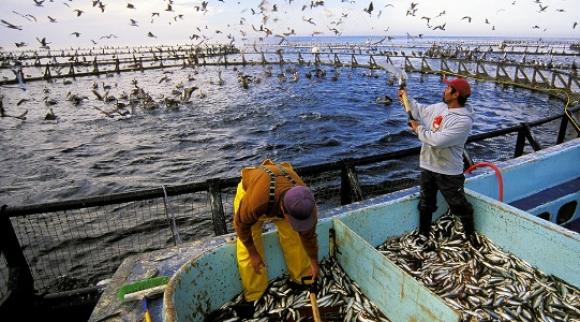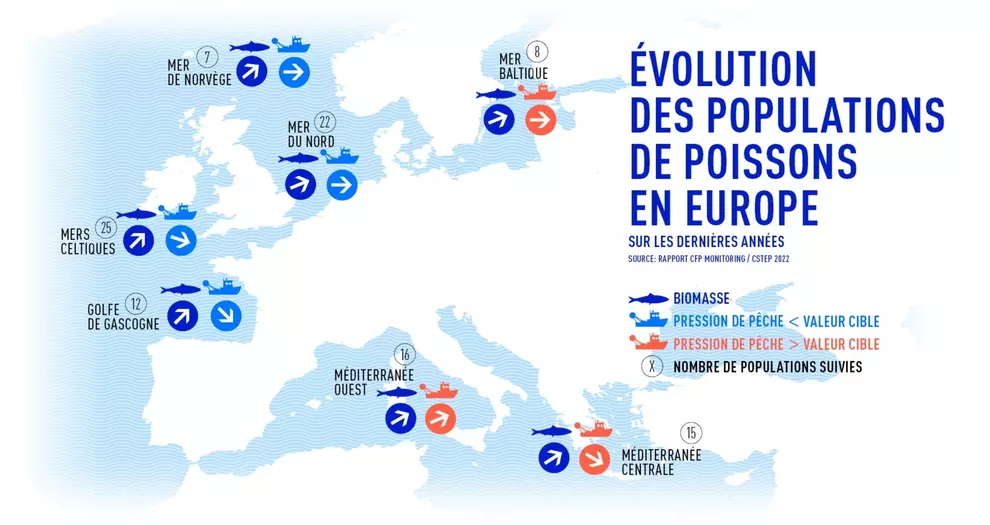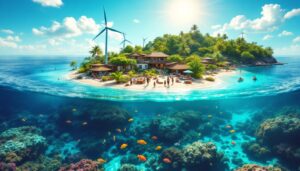Aquaculture genetics is asserting itself as a decisive lever in the evolution of the fishing industry. In the face of growing demand for seafood products, this discipline optimizes not only the yields of aquaculture, but it also offers innovative solutions to ensure the sustainability of marine resources. More disease-resistant species, better management of genetic resources, and selective breeding are all factors that are redefining the contours of industrial fishing. As environmental challenges intensify, aquaculture genetics appears as an essential key to balancing economic growth and ecological preservation.
Table of Contents
ToggleThe Promises of Marine Genetics for Aquaculture
Advancements in aquaculture genetics are redefining traditional aquaculture practices, offering promising new perspectives for the fishing industry. This discipline focuses on improving the biological characteristics of marine species, thus enabling more efficient and sustainable production. By integrating genetic selection techniques, aquaculture can now produce fish that are stronger, disease-resistant, and adaptable to climate changes.
A prime example is the work being done by companies like Aquagen and AquaBioTech, which specialize in creating genetically improved fish strains. These companies utilize advanced techniques such as selective breeding and genomic editing to optimize desired traits in marine species. For example, Atlantic salmon has been genetically modified to grow faster and consume fewer resources.

In addition to the obvious economic benefits, these innovations also help to increase the resilience of aquatic ecosystems. Better-adapted fish require fewer treatments and antibiotics, thus reducing chemical pollution in marine environments. This approach promotes a sustainable and ethical fishing while meeting the growing global food needs.
- Increased disease resistance
- Reduced feed requirements
- Optimized growth and productivity
Thus, the promises of aquaculture genetics are not limited to improving production. They represent a true revolution in the way we envision the integration of technology in fishing and farming practices, paving the way for a future where ecology and marine economy can coexist harmoniously.
Technologies Behind Aquaculture Genetics
The underlying technologies for aquaculture genetics are varied and sophisticated. Genome editing, for example, allows precise modifications at the DNA level of fish to induce desired characteristics. Platforms such as BioFish Solutions offer advanced analytical tools to assess the impact of these modifications on the growth and health of target species. This involves close collaboration between biologists, geneticists, and engineers to ensure that these innovations adhere to rigorous ethical standards.
Integrated information management systems also play a crucial role. They enable real-time monitoring of environmental and biological parameters, thus ensuring optimal conditions for the development of species benefiting from genetic editing. This capability to manage in real-time is one of the main assets of modern aquaculture practices, transforming the fishing industry into a model of productivity and sustainability.
| Technology | Advantages | Impact |
|---|---|---|
| Genome editing | Enables precise modifications | Optimization of growth traits |
| Real-time monitoring | Optimized condition management | Improved productivity |
| Analytical platforms | Assessment of modifications | Ethical certification of practices |
These technologies thus enable not only increased yields but also ensure ethical and respectful management of marine resources. As economic and environmental pressures grow, mastering these tools becomes essential to meet the contemporary challenges facing the aquaculture industry.
The Role of Genetics in the Sustainability of Fishing
In a global context where sustainability has become a crucial priority, the role of marine genetics is asserting itself as an indispensable pillar for the future of fishing. By allowing more effective and ethical management of marine populations, genetics contributes not only to improving breeding methods but also to preserving the biodiversity of aquatic ecosystems.
Genetic selection programs, such as those conducted by FishGenetics, are a clear example of these advancements. They involve identifying and reproducing specific fish strains that require fewer resources and are resistant to diseases. This approach helps reduce stress on wild fish stocks, thereby contributing to their renewal and the stability of ecosystems.
Furthermore, integrating genetics into aquaculture improves yields while minimizing negative environmental impacts. By identifying fish capable of surviving with less freshwater or food, it is possible to limit the ecological footprint of intensive farming. Genetic techniques also allow for increased monitoring of water quality, thus ensuring cleaner and more environmentally respectful production.
- Reduction in the use of natural resources
- Protection of marine habitats
- Improvement of water quality
The solutions offered by aquaculture genetics thus represent a significant advancement in promoting ethical fishing and the preservation of ecosystems. By combining technology and biology, the fishing industry can now aspire to sustainable and balanced growth, respectful of marine resources and future generations.
Successful Examples of Genetic Applications
Among the examples of successful applications in aquaculture genetics are projects aimed at stimulating the growth of species in temperate climates. Through genetic selection methods, fish species such as striped bass and rainbow trout have seen their yields double in cold zone farms where energy resources are limited. This increase in productivity has had a significant impact on the economic viability of aquaculture farms.
These advancements encourage a broader adoption of sustainable aquaculture practices. Companies such as MarinGen are working to establish international standards to ensure the ethical use of these technologies, assuring consumers that the fish they consume have been raised responsibly. This helps to strengthen public trust in initiatives carried out by the fishing industry for a more sustainable future.
| Species | Technique | Result |
|---|---|---|
| Atlantic Salmon | Genomic editing | Growth 2x faster |
| Rainbow Trout | Genetic selection | Increased yield in cold conditions |
| Striped Bass | Assisted reproduction | Reduction in resource use |
In light of these successes, the fishing industry is undergoing a transformation, embracing new methods that combine scientific expertise and love for the sea. These efforts converge to build a sustainable and ethical economic model, crucial for the marine future.









